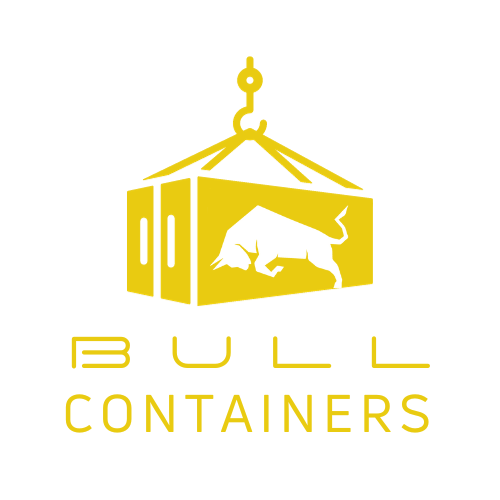When it comes to shipping cargo, selecting the right container chassis is essential for ensuring efficient and secure transportation. Two popular types of container chassis are tri-axle and gooseneck. While both have their unique features and benefits, it’s crucial to understand their differences and advantages to determine which is best suited for your shipping needs. In this article, we will delve into the characteristics of tri-axle and gooseneck container chassis and highlight their respective strengths.
Tri-axle Container Chassis
A tri-axle container chassis is designed with three axles, providing additional support and stability when transporting heavy loads. This type of chassis is particularly suited for hauling overweight containers or cargo, as the added axle helps distribute the weight more evenly, reducing the stress on each individual axle.
Advantages of Tri-axle Container Chassis
- Enhanced weight distribution: The three-axle design allows for better weight distribution, which helps to minimize stress on the chassis and prolong its lifespan.
- Increased payload capacity: Tri-axle chassis can carry heavier loads than their two-axle counterparts, making them ideal for shipping heavy cargo.
- Improved stability and safety: The additional axle enhances stability and reduces the risk of accidents, ensuring safer transportation of goods.
- Versatility: Tri-axle chassis are suitable for various applications and industries, including construction, agriculture, and shipping.
Gooseneck Container Chassis
A gooseneck container chassis features a unique design where the front end of the chassis slopes downward, connecting to the towing vehicle at a lower point. This design creates a lower center of gravity, which increases stability and allows for the transportation of taller containers without exceeding legal height restrictions.
Advantages of Gooseneck Container Chassis
- Increased stability: The lower center of gravity provided by the gooseneck design enhances stability, reducing the risk of tipping and ensuring safer transportation of cargo.
- Height accommodation: Gooseneck chassis can accommodate taller containers, making them ideal for transporting high-cube or specialized cargo that may not fit on a standard chassis.
- Easier loading and unloading: The sloping front end of a gooseneck chassis allows for easier loading and unloading of containers, as the lower connection point to the towing vehicle provides better access to the container.
- Fuel efficiency: The lower profile of the gooseneck chassis reduces wind resistance, potentially leading to improved fuel efficiency during transportation.
Choosing the Right Chassis for Your Needs
When deciding between a tri-axle and gooseneck container chassis, consider the specific requirements of your cargo and shipping needs. If you need to transport heavy or overweight cargo, a tri-axle chassis may be the better choice due to its increased payload capacity and enhanced weight distribution. On the other hand, if you need to transport taller containers or require a more stable and fuel-efficient option, a gooseneck chassis may be the ideal solution.
Conclusion
Both tri-axle and gooseneck container chassis offer unique advantages, making them suitable for various shipping applications. Understanding the differences between these two types of chassis is crucial for selecting the best option for your specific needs. By carefully considering the requirements of your cargo and the benefits of each chassis type, you can make an informed decision that will ultimately lead to more efficient and secure transportation of goods.







